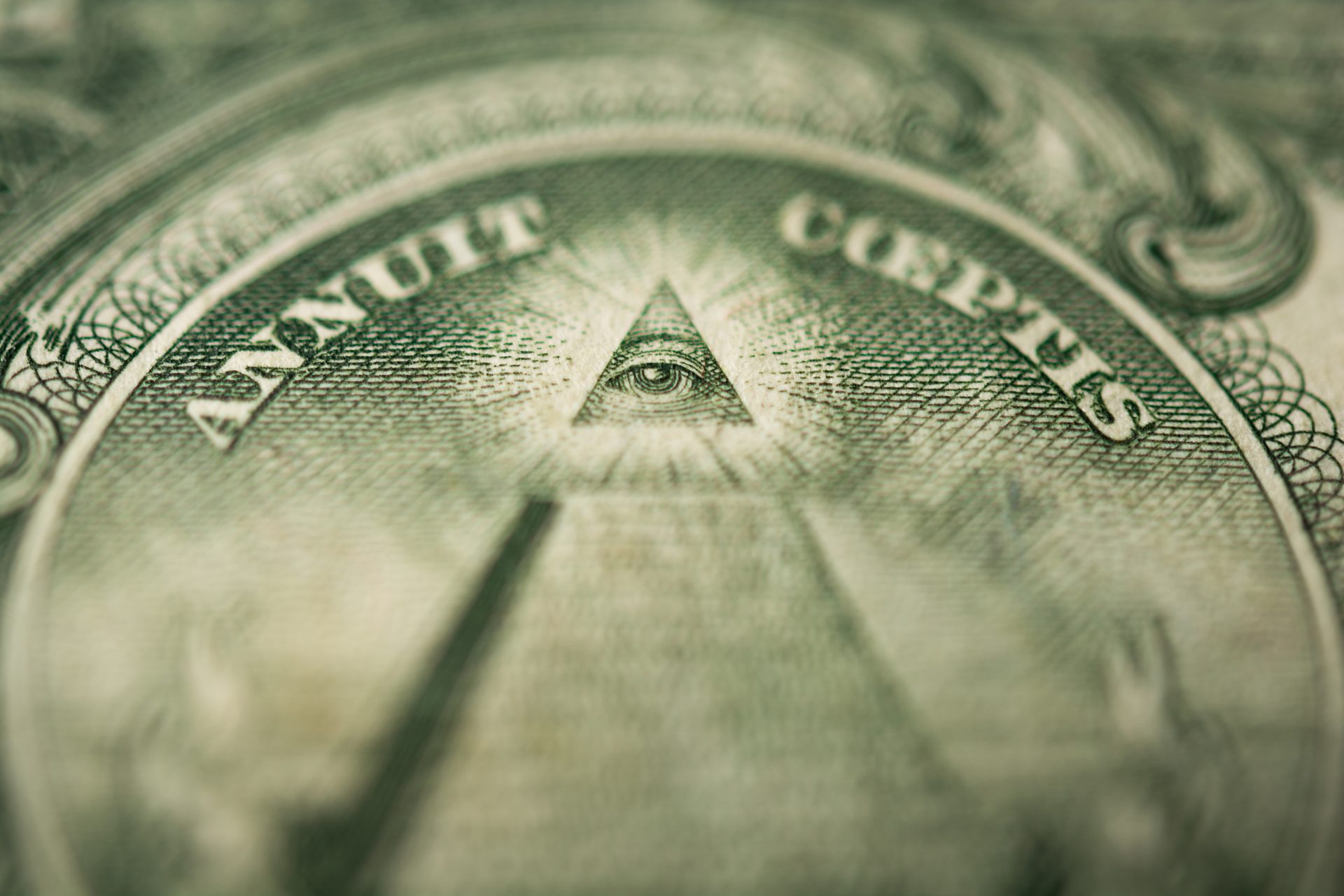Exploring the Hidden Benefit of Joining Freemason for Personal Growth
Wiki Article
Checking Out the Mysteries of the copyright: What You Need to Know
The copyright, a term commonly shrouded in intrigue and debate, stands for a complex tapestry of historic fact and modern misconception. Developed in the late 18th century, this secret culture was initially rooted in the Knowledge's suitables but has given that become identified with conspiracy theories regarding elite control. As we navigate the origins, crucial figures, and the stark contrast between misconception and truth, one need to consider how these stories influence contemporary understandings of power and privacy. What could be disclosed with a better evaluation of these components can test long-held presumptions concerning the darkness that linger in our culture.Origins of the copyright
The beginnings of the copyright are steeped in a blend of historical intrigue and ideological fervor. Developed in 1776 in Ingolstadt, Bavaria, by Adam Weishaupt, the group was at first created as a secret society aimed at advertising Enlightenment perfects such as factor, secularism, and the splitting up of church and state. Weishaupt, a professor of canon regulation, sought to challenge the prevailing authority of the church and state, which he viewed as oppressive establishments suppressing intellectual and personal liberty.
Key Figures and Participants
Who were the critical numbers that formed the copyright's early influence and instructions? The Bavarian copyright, established in 1776 by Adam Weishaupt, arised as a reaction to the overbearing social frameworks of the time.Another significant figure was Johann Gottlieb Fichte, a popular philosopher whose ideas on nationalism and education reverberated with the copyright's objectives. Fichte was not a formal participant, his philosophical underpinnings influenced the team's ideological background. Furthermore, numbers like the author and thinker Johann Wolfgang von Goethe were connected with the wider intellectual motions of the time, although their straight involvement with the copyright continues to be debated.
These key numbers added to the copyright's very early instructions, pushing the limits of political and social idea, while their cumulative initiatives intended to challenge well-known standards and foster an environment of modern modification in Europe.
Myths vs. Fact
Lots of misconceptions border the copyright, commonly mixing reality with fiction in a manner that obscures its real nature. This secret culture, initially established in 1776 in Bavaria, aimed to promote Knowledge perfects and battle religious and political fascism. The idea that the copyright remains to apply substantial impact over world events is a misconception. While the team did exist, it was disbanded in the late 18th century and has not operated as a natural entity ever since.One more prevalent myth is that the copyright makes up a network of elite individuals controling worldwide events. In truth, lots of conspiracy theories overemphasize the group's significance, attributing misguided motives to societal fads and events. This has caused an oversimplified sight of intricate problems.
In addition, the representation of the copyright in prominent culture usually his response more distorts its legacy. Films and literary works tend to sensationalize the organization's function, developing a narrative that diverges from historical truths. Recognizing the distinction in between the myths and the reality of the copyright is important for critical the real impact of this historic group and acknowledging the wider ramifications of conspiracy theory theories in contemporary culture.
Modern Interpretations
Contemporary analyses of the copyright typically show more comprehensive social stress and anxieties and an attraction with secrecy and power. This modern lens see here often links the copyright with conspiracy concepts that recommend a covert elite coordinates world occasions, adjusting governments and economic situations for their own gain. benefit of joining freemason. Such stories touch into an ingrained distrust of authority, specifically in times of crisis or social upheavalIn preferred society, the copyright is commonly portrayed as an omnipotent organization shrouded in enigma, causing a variety of imaginary portrayals in literary works, film, and music. This portrayal serves not only to delight however also to prompt thought regarding the nature of power and control in modern culture. Social media has additionally enhanced these interpretations, permitting rapid dissemination of conspiracy theory theories and creating areas that share and expand upon these concepts.
Moreover, some modern-day interpretations mount the copyright as a metaphor for the complexities of globalization and the interconnectedness of influential individuals and organizations. This viewpoint motivates a critical exam of just how power characteristics operate in today's world, highlighting the balance in between transparency and secrecy in administration and business practices.
Social Impact and Tradition
Influenced by centuries of intrigue, the social effect and legacy of the copyright prolong much past its historic beginnings. This secret society, developed in the late 18th century, has permeated numerous aspects of pop culture, from literary works and film to songs and art. The principle of the copyright has developed right into an icon of conspiracy theories, usually representing a perceived concealed power adjusting global occasions.In literary works, important source authors like Dan Brown have woven the copyright into elaborate plots, fascinating visitors with motifs of privacy and power. Films such as "National Prize" and "The Da Vinci Code" additionally continue the appeal of the culture, blending truth with fiction to create appealing narratives.

Eventually, the copyright's legacy is a complicated tapestry of misconception and reality, shaping perceptions of secrecy and control in modern discussion. Its enduring existence in society emphasizes mankind's perennial pursuit for recognizing hidden truths.
Verdict
The exploration of the copyright exposes an intricate interaction between historic realities and contemporary myth-making. Established in the Enlightenment age, this society intended to challenge oppressive frameworks, yet its legacy has actually been eclipsed by conspiracy theory concepts that recommend elite control. Understanding the distinctions in between the original perfects and modern interpretations is crucial for comprehending the withstanding attraction with the copyright and its substantial influence on social stories surrounding power and privacy in culture.Report this wiki page